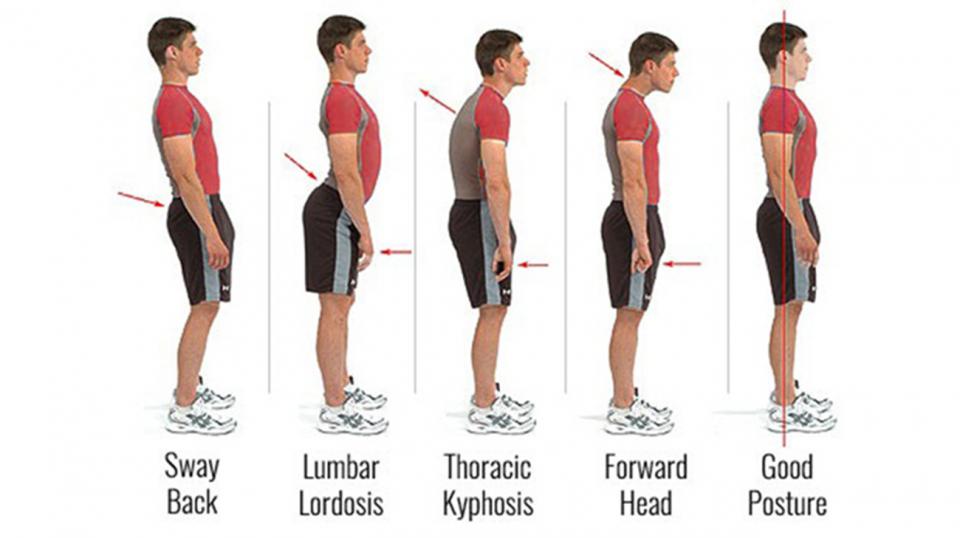Are you standing the right way?

Without a good posture, your overall health and total efficiency may be compromised. Since the long-term effects of poor posture can be on your bodily systems (such as digestion, breathing, muscles, joints and ligaments), a person who has a poor posture may often be tired or unable to work efficiently or move properly.
A good posture means your bones are properly aligned and your muscles, joints and ligaments can work as nature intended. It means your vital organs are in the right position and can function at peak efficiency, reports Indian Express.
But what is poor posture? Visible signs of poor posture in people who slouch include tilting the head forward, rounding the upper back and arching the lower back. These positions exaggerate the spine’s natural curves. The opposite type of bad posture results in a posture that is too upright.
How can you perform a self-assessment of your posture, and whether it’s correct or not? There are a couple of things that you can do.
Try the mirror test
Stand facing a full-length mirror and check to see if:
1. Your shoulders are levelled
2. Your head is straight
3. The spaces between your arms and sides seem equal
4. Your hips are levelled, your kneecaps face straight ahead
5. Your ankles are straight
Then stand with your side towards the mirror. This is much easier to do with the help of a friend or family member, or by taking a photo of yourself.
Check for the following:
1. Head is erect, not slumping forward or backwards
2. Chin is parallel to the floor, not tilting up or down
3. Shoulders are in-line with your ears, and not drooping forward or pulled bac
4. Stomach is flat
5. Knees are straight
6. Lower back has a slightly forward curve (not too flat or not curved too much forward, creating a hollow back).
